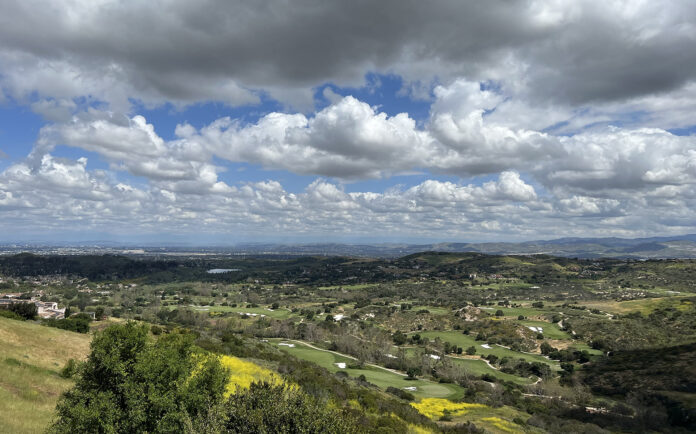During the flourishing spring of 1970, a verdant wave swept through the nation as Americans eagerly prepared to celebrate the inaugural Earth Day, symbolizing the birth of the global environmental movement. Down south, just 50 miles from Los Angeles, the executives of the Irvine Company unveiled their visionary plans for a groundbreaking, eco-friendly city.
The City of Irvine was meticulously designed to become a harmonious haven where nature and humanity would thrive together, as proudly announced in a press release on March 19, 1970. A unique and ambitious promise accompanied the blueprint presented to Orange County planners: the assurance that Irvine’s residents would be privileged to dwell in a captivating, balanced, and enduring environment, crafted with utmost care using the principles of urban planning.
Even amidst the remarkable green ambitions of that era, this commitment stood out as exceptional, stemming from a one-of-a-kind scenario. A single corporation possessed an astounding 93,000 acres of undeveloped land, an area six times the size of Manhattan, and was steadfast in retaining control to meticulously master-plan its development.
While not the first, nor the largest, city designed from scratch, Irvine shared its timeline with Reston, Virginia, a small, forested town that had pioneered efforts to circumvent the pitfalls of suburban sprawl back in 1964.
The joyous moment arrived on December 28, 1971, when Irvine’s 10,000 inhabitants voted overwhelmingly to incorporate as a new city, embracing the fortunes that lay ahead.
Today, as Irvine celebrates its 50th anniversary, its extraordinary history stretches back more than a century. In 1846, a resourceful 19-year-old Irish immigrant named James Irvine arrived in New York, fleeing the hardships of the Irish potato famine. His journey led him to San Francisco, where he thrived by selling food and provisions to gold rush miners and investing in real estate. At the age of 37, Irvine ventured to Southern California and discovered what he deemed the most enchanting land he had ever seen, both within and beyond the state. This marked the start of the Irvine Company in 1864, as Irvine and his two partners began acquiring vast tracts of former Spanish and Mexican land grants, including the awe-inspiring 93,000-acre Irvine Ranch, situated merely an hour’s drive south of downtown Los Angeles.
The vastness of the Irvine Ranch extended for 9 miles along the Pacific Coast and 22 miles inland to the Cleveland National Forest. Its captivating landscapes ranged from secluded canyons and mountain watersheds to picturesque grasslands, oak woodlands, coves, and beaches. Within its boundaries were ecological treasures, such as Southern California’s expansive coastal freshwater marshes and the breathtaking 5,500-acre Limestone Canyon, home to the striking geological formation known as the “Sinks,” often likened to a miniature Grand Canyon.
As the years passed, Orange County’s population surged exponentially, growing tenfold from approximately 200,000 to over 2 million residents between 1950 and 1987. This rapid growth created pressure on the Irvine Company to consider subdividing and selling off its properties, but instead of succumbing to external demands, the company sought a novel solution in 1959, which came in the form of the esteemed architect, William Pereira.
Having gained acclaim for his architectural prowess, Pereira had been commissioned by the University of California regents to find an ideal site for a new campus. Delighted by the Irvine Ranch, he presented a grand vision of a 1,000-acre university nestled within an intelligently planned “city of intellect,” free from the woes of hasty urban development and chaotic traffic prevalent in other Californian cities. Pereira’s ingenious idea involved creating master-planned villages where families could easily walk to schools and shopping, leaving their cars safely parked in their garages.
The Irvine Company wholeheartedly embraced Pereira’s vision, leading to the generous transfer of 1,000 acres of land to the UC system for a symbolic fee of $1 in September 1960, fulfilling the Company’s charter and setting the stage for the birth of a truly exceptional city.
Aligned with Pereira’s vision, the planners at the Irvine Company were resolute in addressing what they perceived as “a crisis of the spirit” prevailing in American suburbs. Their blueprint for the new city went beyond conventional urban planning, striving to be a trailblazing example of a “totally master-planned” community. From roads to utilities, homes, factories, and schools, every aspect was meticulously designed, with a forward-thinking approach that anticipated needs for more than three decades into the future.
The most striking feature of Irvine was its self-contained residential “villages,” thoughtfully connected through verdant forest corridors. This innovative design fostered a sense of cohesion and harmony within the city, creating a living environment that seamlessly blended with nature.
As Irvine celebrates its 50th anniversary, it’s evident that many of its early ambitious dreams have been successfully realized. The city boasts a K-12 public school system that ranks among the best in the nation, proudly garnering accolades such as the National Blue Ribbon award and the California Distinguished Schools/Gold Ribbon designation.
Furthermore, Irvine stands out among U.S. cities for its commitment to sustainability. A significant percentage of homes in the city are solar-powered, exemplifying Irvine’s dedication to harnessing renewable energy sources. Moreover, it has managed to attract some of the nation’s leading engineers, who are spearheading advancements in electric-vehicle batteries and engines, making Irvine a hub for green transportation innovation.
Not to be outdone, the Irvine Company itself remains at the forefront of environmental innovation. In 2018, it achieved a milestone by completing the world’s first fleet of hybrid-electric buildings. These groundbreaking structures feature cutting-edge Tesla Powerpack battery systems, highlighting the company’s commitment to incorporating state-of-the-art technology for a more sustainable future.
Looking ahead, Irvine has ambitious plans to expand its park system by building several carefully planned parks and facilities. Additionally, the city is dedicated to enhancing, rehabilitating, maintaining, and activating its existing park resources. Irvine’s commitment to providing exceptional municipal recreation services has firmly established its park system as a leader in the field.
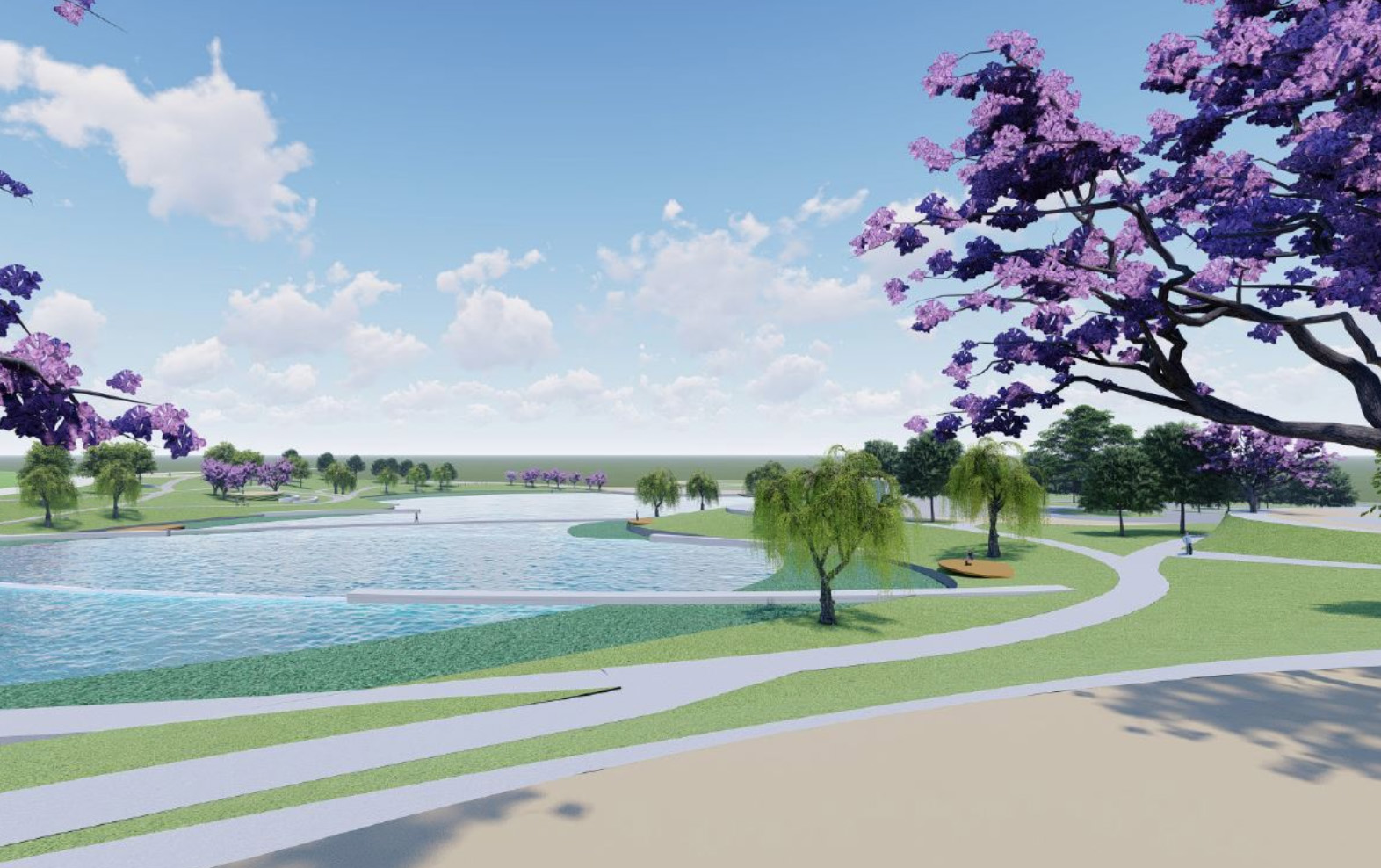
The Parks Master Plan embodies the city’s tradition of maintaining high standards and aims to enrich Irvine’s public park system. The plan envisions a dynamic network of spaces that celebrate a wide range of community values, encompassing nature, culture, recreation, arts, ecology, history, and education.
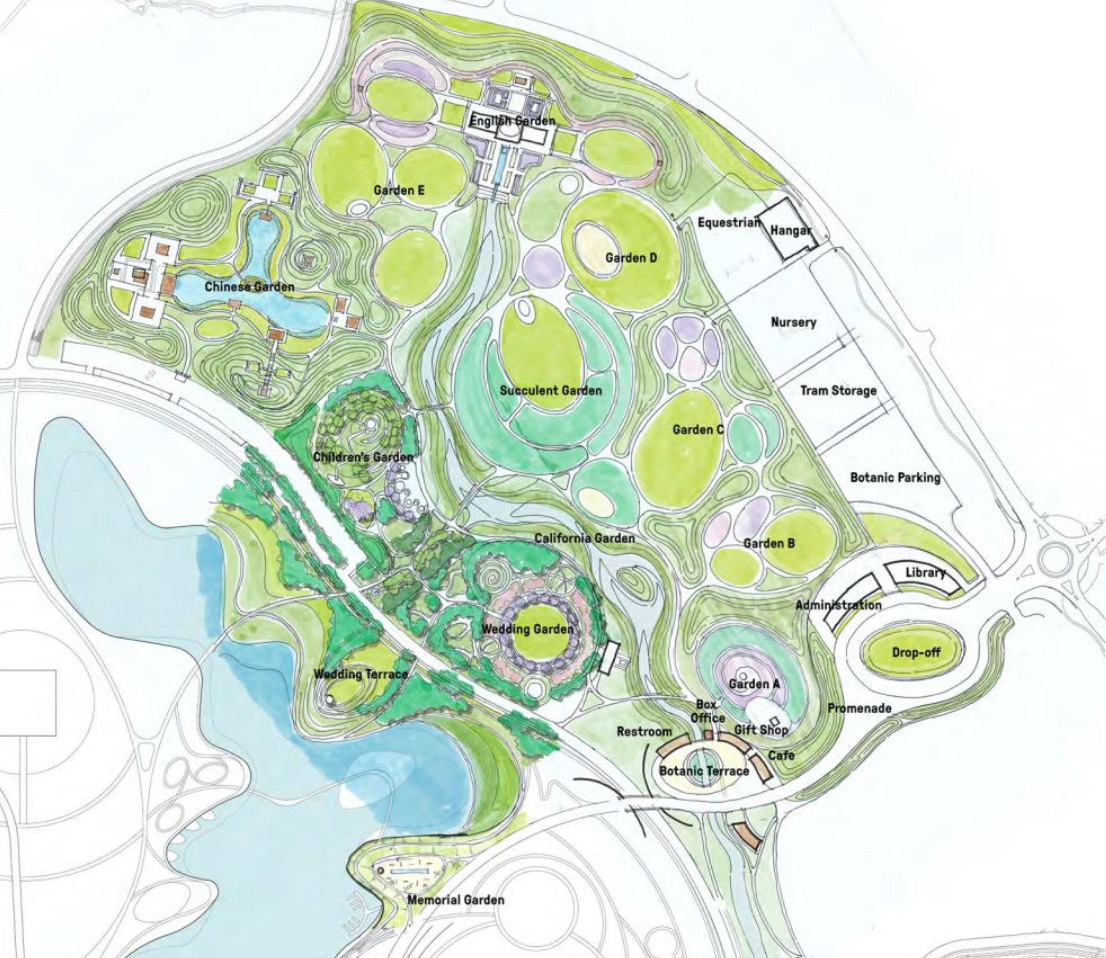
One significant landmark in Irvine’s park system is the Great Park, which has a storied past as the former Marine Corps Air Station El Toro. Encompassing a vast expanse of 1,300 acres, the Great Park is a hub of recreational activities, competitive sports, cultural events, and natural beauty.
The Great Park has already seen over 500 acres developed and put to use, with the City approving the Great Park Framework Plan in 2022 to guide the next phase of its development. This phase promises to bring 300 acres of exciting new park amenities, including a world-class outdoor amphitheater, captivating cultural attractions, and extensive spaces dedicated to unprogrammed passive enjoyment.
To ensure the Great Park continues to flourish, the city has sought extensive community input for the next phase. Through this inclusive approach, the city plans to offer an expanding array of opportunities that will elevate the Great Park’s status to one of the world’s most exceptional metropolitan parks.
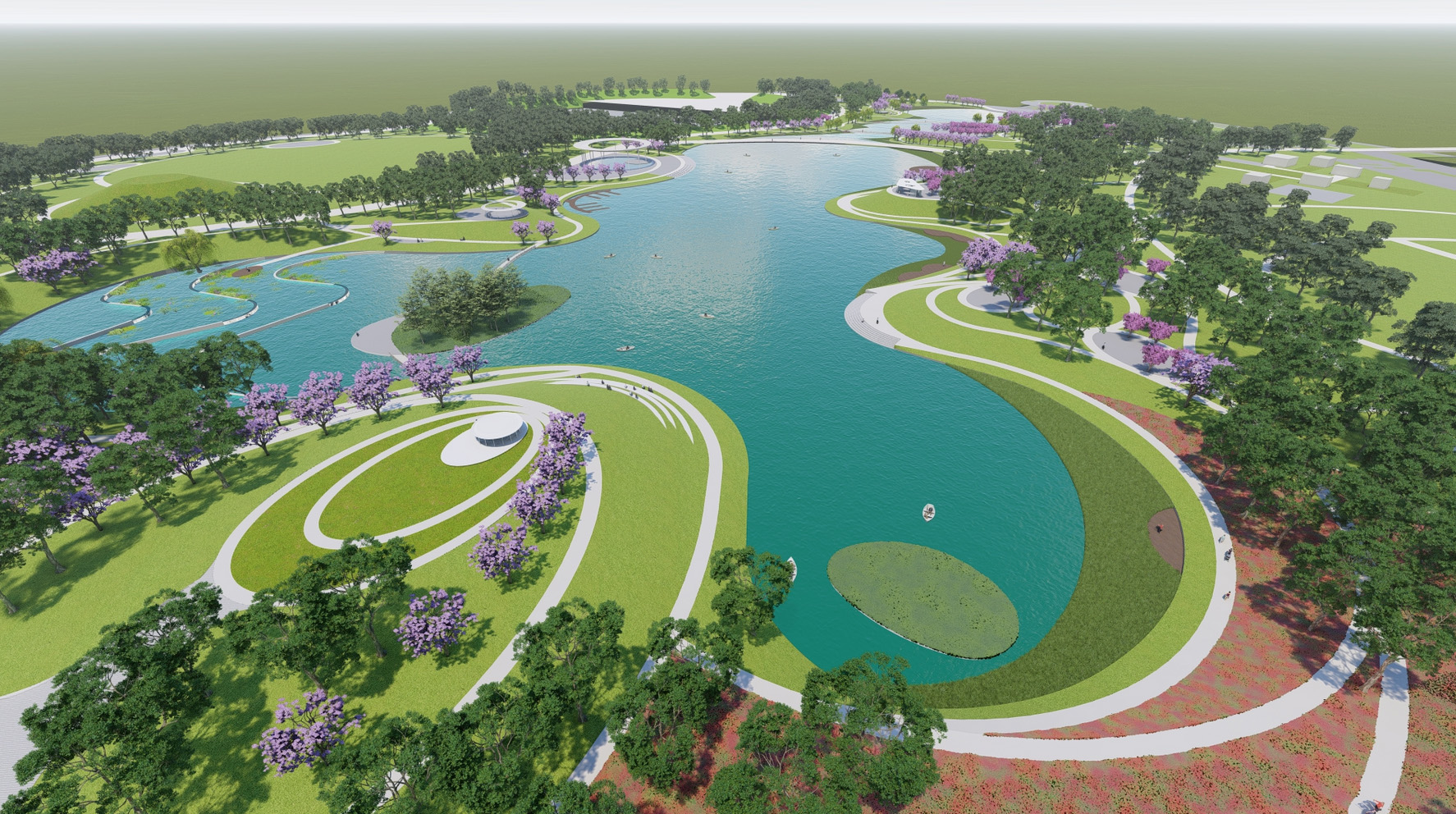
The City of Irvine is deeply committed to sustainability and responsible management, as demonstrated by the addition of 166 Level 2 EV chargers at the Great Park. As a steward of the park, the city aims to lead in environmental, social, and economic responsibility. The development of the first Climate Action and Adaptation Plan (CAAP) in 2021 is a significant step toward this commitment. The CAAP sets ambitious yet achievable emissions reduction targets and outlines a pathway to achieve climate goals across both municipal operations and the community, solidifying Irvine’s position as a climate-smart city of the future.
A notable future addition to the Great Park is the Botanical Gardens, which draws inspiration from botanical gardens worldwide. These gardens will celebrate the horticultural richness of Southern California and pay homage to the native beauty of the local plains and mountains. The California Arroyo, featuring trails, a dry creek, Alder, Oak, and Sycamore, forms the heart of the Botanical Gardens. Along shaded paths, visitors will discover distinct areas, including the Wedding Garden, Children’s Garden, Succulent Garden, and themed cultural gardens that honor the diverse communities of Irvine and California.
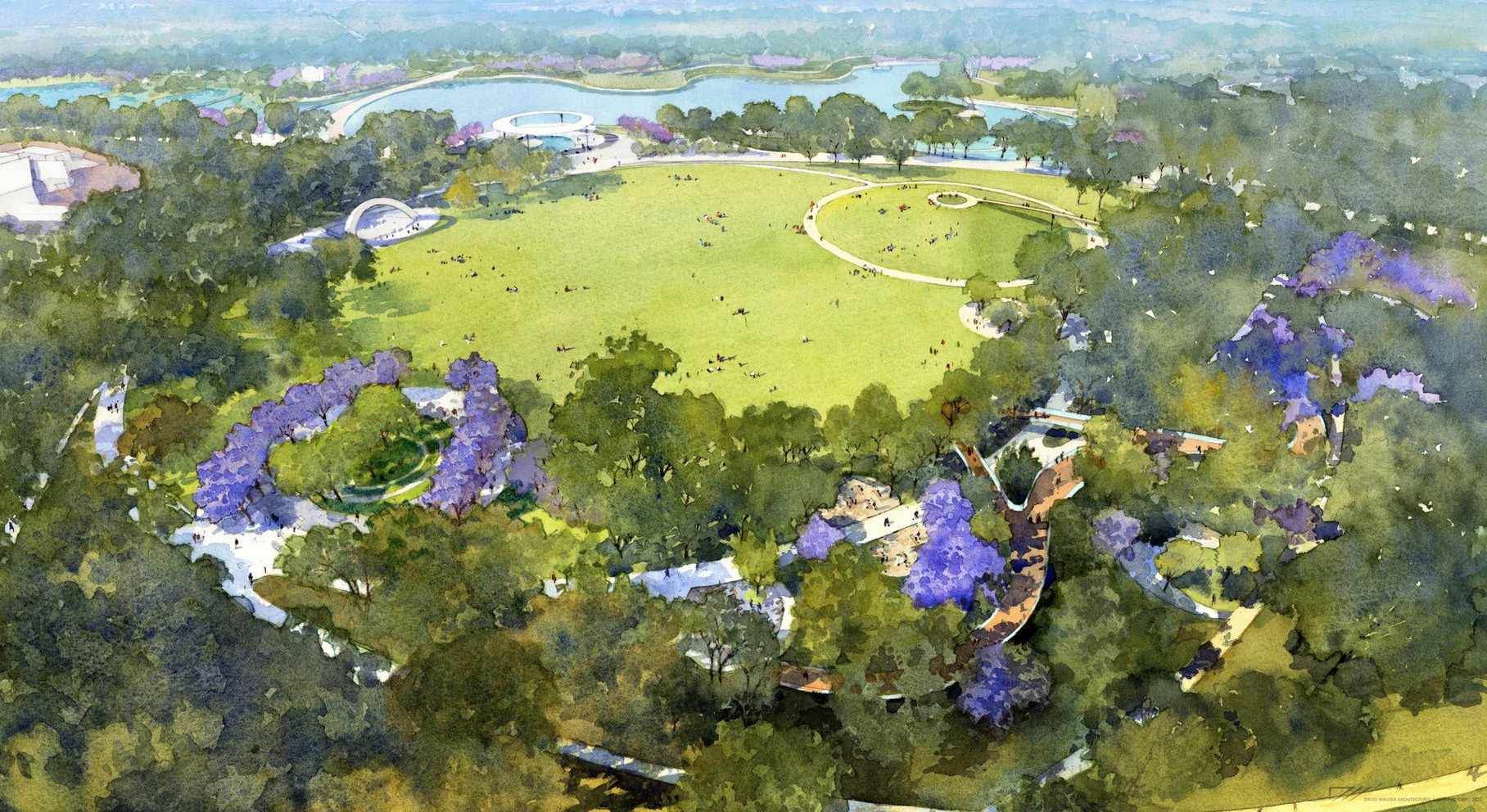
Enter the Grand Promenade, an awe-inspiring outdoor space that will serve as the heart of the park, seamlessly connecting pedestrians, bikers, and various modes of transportation. Stretching over an impressive two-mile path from Cadence to the Irvine Train Station, this landscaped walkway will be a picturesque journey, adorned with majestic trees and enchanting gardens, offering sweeping views of the serene lake, lush park meadows, rolling hills, and breathtaking landscape.
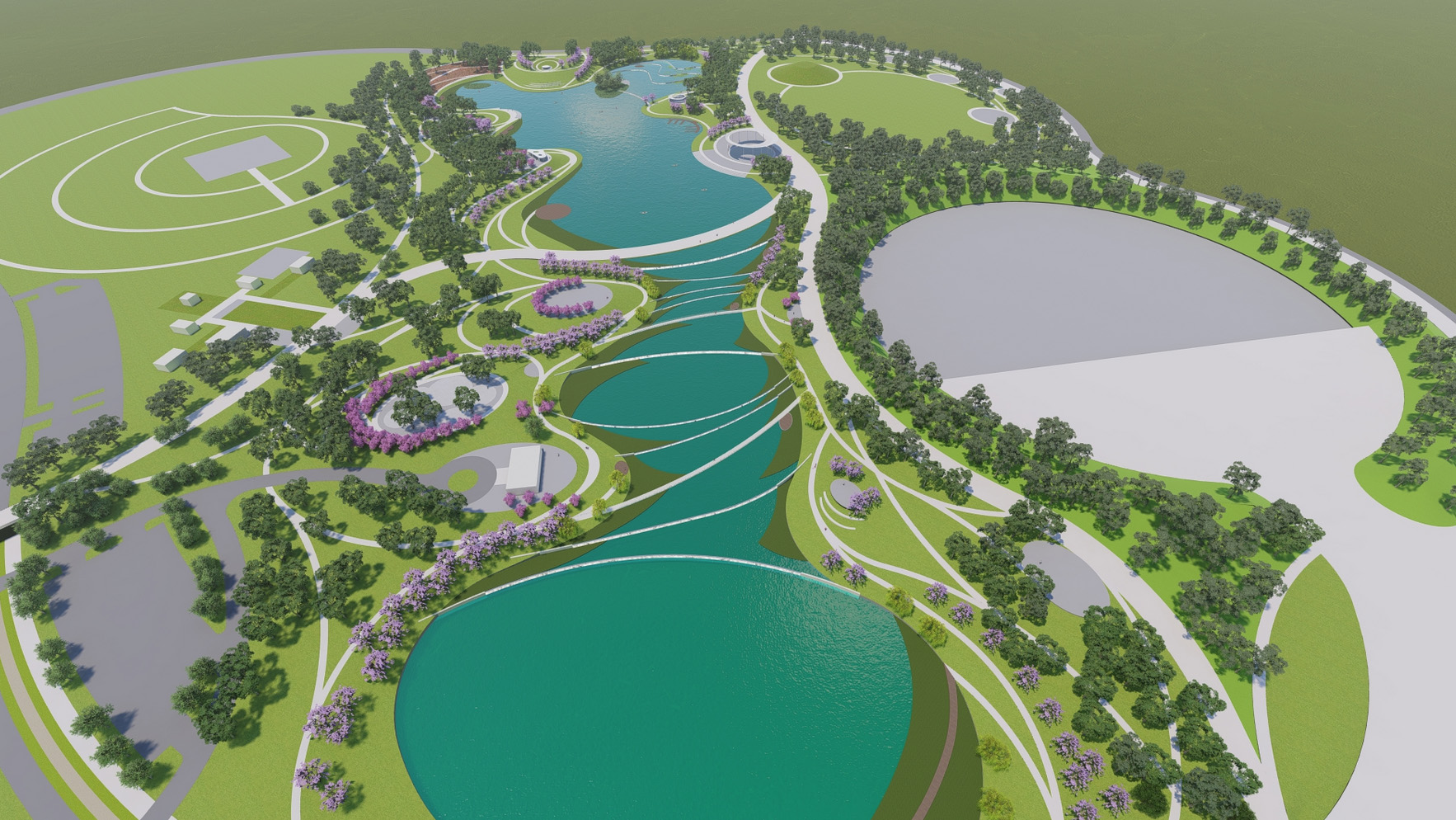
At the heart of the plan lies the Great Meadow, an inviting expanse within the Great Park, accommodating both peaceful picnics and contemplative moments, as well as grand community events and live performances. Here, visitors can immerse themselves in a variety of experiences, from relishing in picnic facilities to enjoying vistas that overlook the entire park. The Great Meadow also features a treetop walk, a unique offering that promises an extraordinary adventure among the canopies.
Prepare to be captivated by the North Lake, set to become a captivating centerpiece of the park, inviting visitors to bask in its tranquil and picturesque ambiance while partaking in an array of recreational activities. Spanning approximately 13.7 acres, the North Lake will be adorned with a wealth of amenities and attractions, ensuring an unforgettable experience for all who venture its shores.
Not to be outdone, the South Lake will be an enticing addition to the Great Park, offering visitors a serene and beautiful haven for outdoor activities. Encompassing around 4.1 acres, the South Lake will boast a delightful array of amenities and attractions, creating an idyllic setting for leisurely strolls and delightful moments.
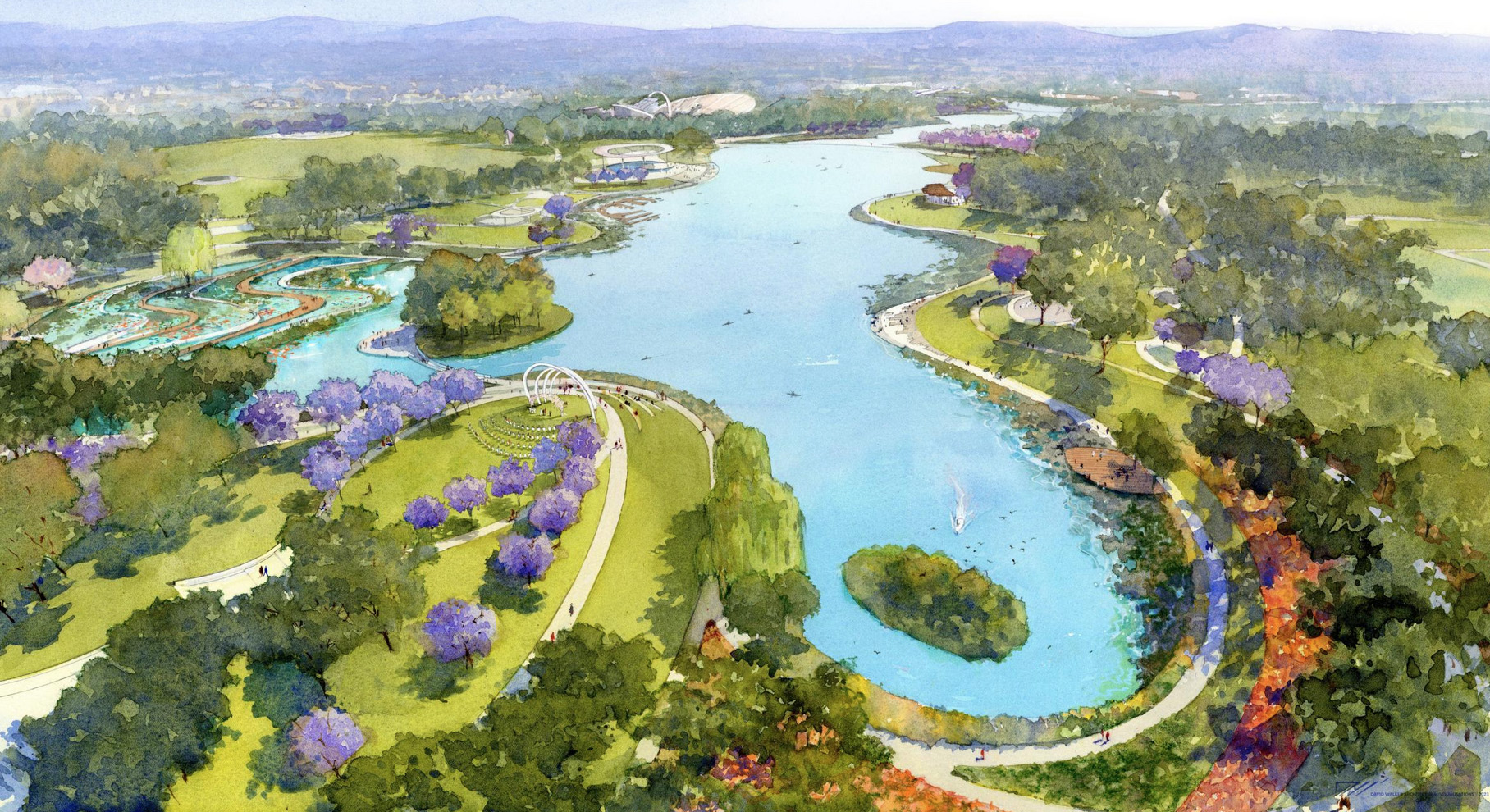
Embracing the theme of sustainability and the spirit of farm-to-table, the Plan designates the Full Circle Farm area for farming operations. This space serves as a delightful venue for special events and unique farm-to-table dining experiences, creating a memorable connection between nature and nourishment. The Farm + Food Lab, an integral part of the Great Park for many years, may find its permanent home here, providing an inspiring location for educational programming and celebrating the beauty of sustainable agriculture.
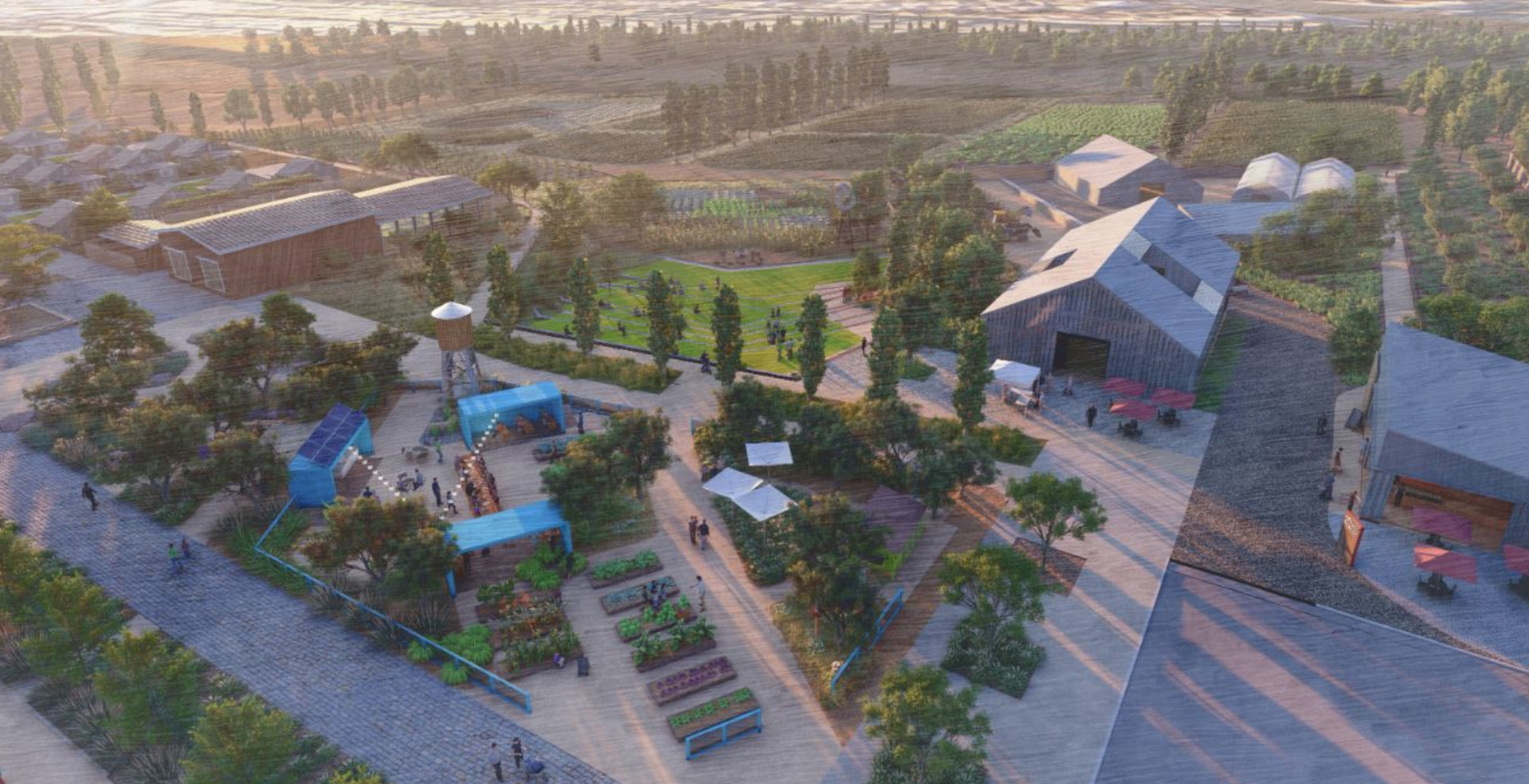
In conclusion, Irvine’s master plan for new trails and parks embodies a remarkable commitment to fostering a vibrant and harmonious community. The city’s forward-thinking approach to urban development, as seen in the creation of expansive landscaped walkways like the Grand Promenade and the integration of natural spaces such as the Great Meadow and serene lakes, sets a high standard for municipal recreation services. Irvine’s dedication to providing a dynamic network of spaces that celebrate nature, culture, recreation, arts, ecology, history, and education ensures that residents and visitors alike can enjoy an exceptional quality of life. Through the thoughtful implementation of sustainable initiatives, the city’s parks and trails not only offer recreational opportunities but also serve as inspiring symbols of environmental stewardship. As Irvine continues to evolve, its master plan will undoubtedly shape a cohesive and inclusive community, where people can connect, engage, and find joy in the beauty of their surroundings for generations to come.
Discover more from SNAP TASTE
Subscribe to get the latest posts sent to your email.



